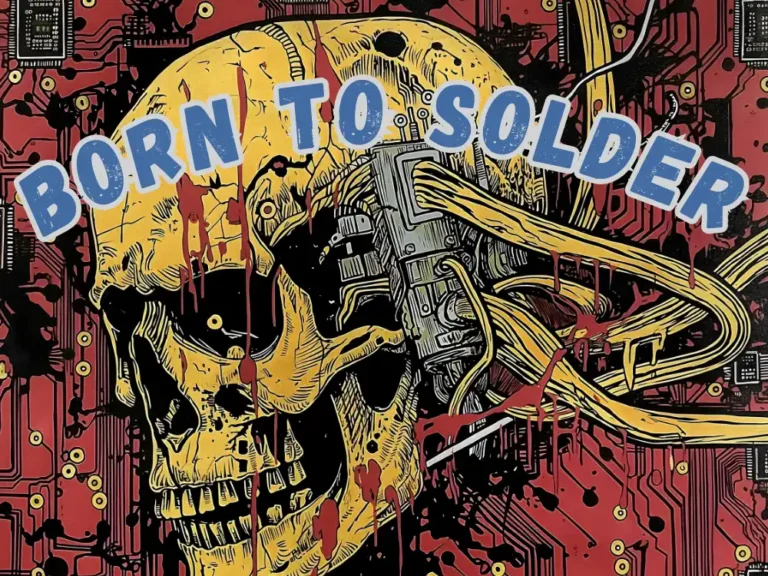Onboarding and Job Training
This is an updated version of an article I originally published in 2014. Since then, workplace dynamics and expectations have evolved significantly. In this updated piece, I’ve incorporated modern practices, legal updates, and a focus on remote work, diversity, and continuous learning to reflect today’s standards for effective onboarding and job training.
A company’s success depends significantly on how well it handles the onboarding and training of new employees. A thorough onboarding process establishes the foundation for future success, both for the individual and the organization. While technical skills can be taught through training materials, attitudes toward work are often shaped by the surrounding workplace culture. A supportive work environment, where knowledge is freely shared, is key to fostering the right mindset. Conversely, poor onboarding can result in a good employee adopting bad habits within a short period. This is particularly important for young workers just entering the workforce, while experienced employees should also be protected from picking up bad practices.
The onboarding process also plays a role in shaping the company’s image. This is especially true for employees in high-turnover positions, such as interns and temporary staff. First impressions matter, and how a company introduces new employees can leave a lasting impact.
Legal and Compliance Considerations
According to workplace safety and health regulations, employers are required to provide adequate training on working conditions, tools, production methods, and all matters related to safety and health at the workplace. This training must be updated as necessary, ensuring employees stay informed of any changes. This obligation extends to temporary staff employed through staffing agencies. Additionally, in today’s digital age, privacy and data security are critical considerations, and companies should ensure that they comply with regulations protecting employee data during onboarding.
What Onboarding Involves
Onboarding refers to the process by which a new employee becomes familiar with their workplace, its practices, their colleagues, and the expectations of their role. It should also provide a broader understanding of the company as a whole, boosting motivation and helping the employee understand how their role contributes to the organization’s success.
The onboarding process should include:
- An overview of the company’s mission, culture, and goals.
- General procedures and policies, including health and safety guidelines.
- Instructions for handling exceptional situations, such as reporting illness or correcting payroll issues.
The immediate supervisor is typically responsible for ensuring proper onboarding, although in many cases, the process is shared among various experts within the company. For example, HR may provide an overview of company policies, while individual departments handle more specific job training.
The Role of Job Training
Job training focuses specifically on teaching the skills needed to perform one’s duties. It’s not just for new employees; it also applies to existing staff when new technologies, products, or methods are introduced.
Effective trainers are crucial for ensuring that employees learn how to perform their tasks correctly, safely, and efficiently. A trainer must be both technically skilled and motivated, leading by example and demonstrating good work habits. It’s important to remember that people learn in different ways, so the trainer should employ a variety of teaching methods to accommodate different learning styles.
Inclusion and Flexibility in Onboarding
Modern workplaces emphasize diversity and inclusion. During onboarding, it’s vital to create an environment where all employees, regardless of background, feel welcome and supported. This includes providing resources and support for remote workers, which has become increasingly common in recent years. Digital tools, such as virtual training platforms and e-learning modules, can help ensure a seamless onboarding process for remote employees.
Continuous Learning
Finally, it’s important to recognize that onboarding and training should not be one-time events. In today’s fast-paced world, continuous learning is essential for keeping employees up-to-date with industry changes, new technologies, and evolving company practices. By fostering a culture of continuous improvement, companies can ensure their workforce remains engaged, knowledgeable, and ready to tackle new challenges.







